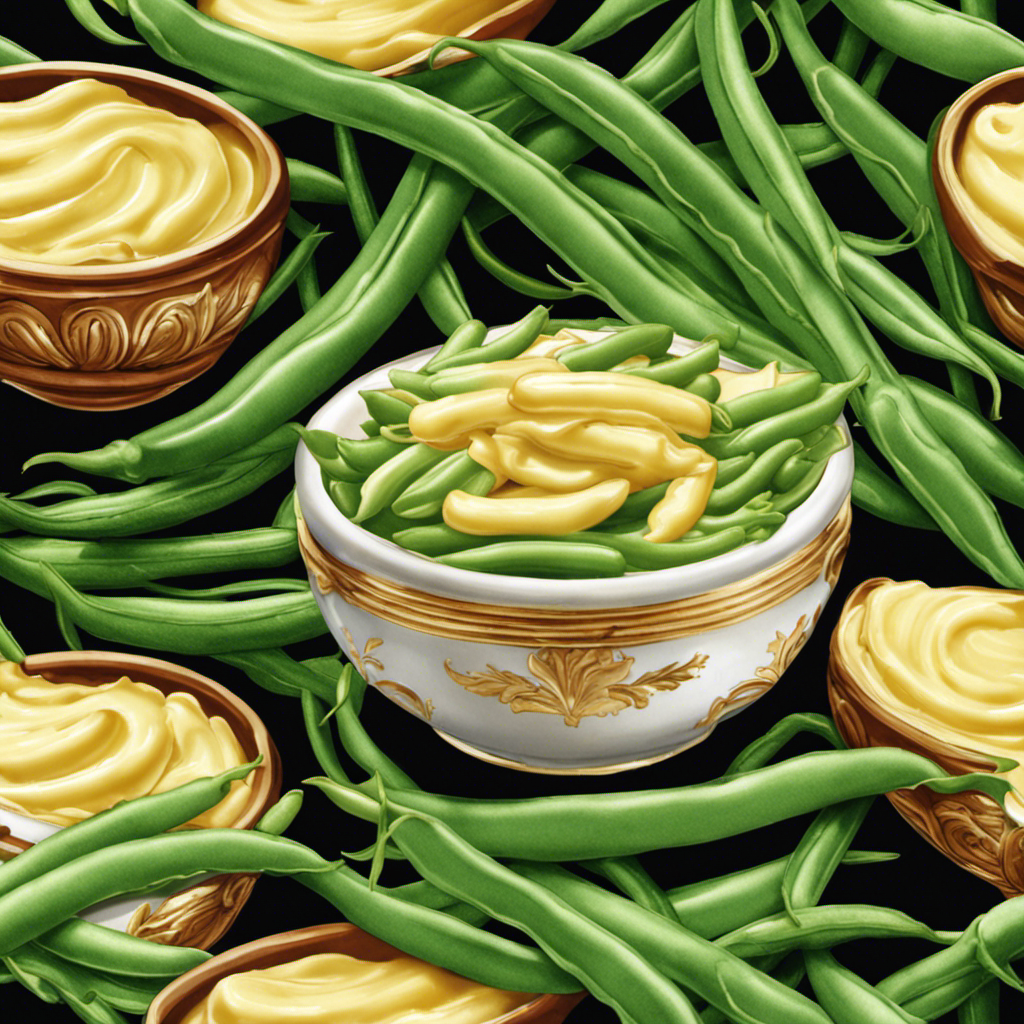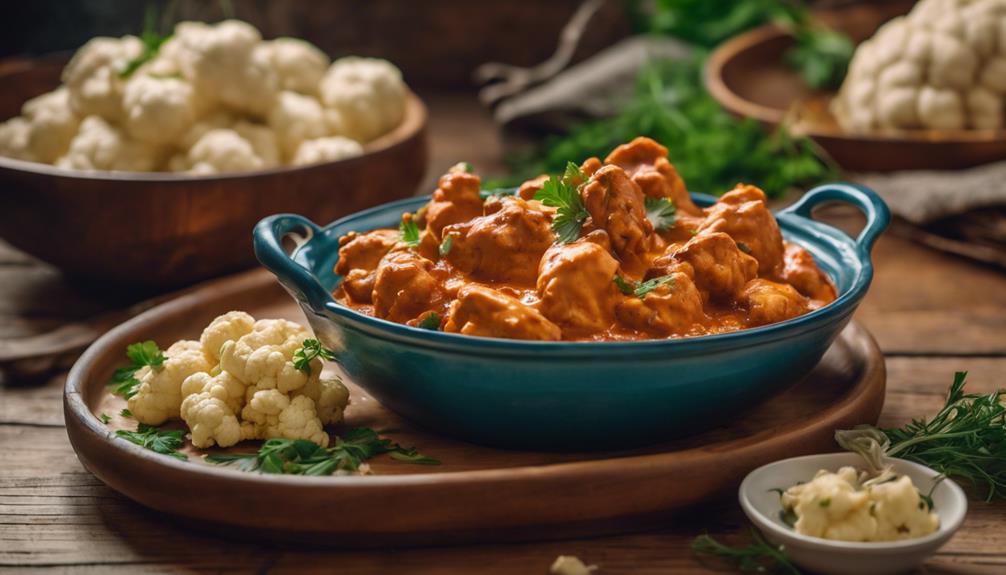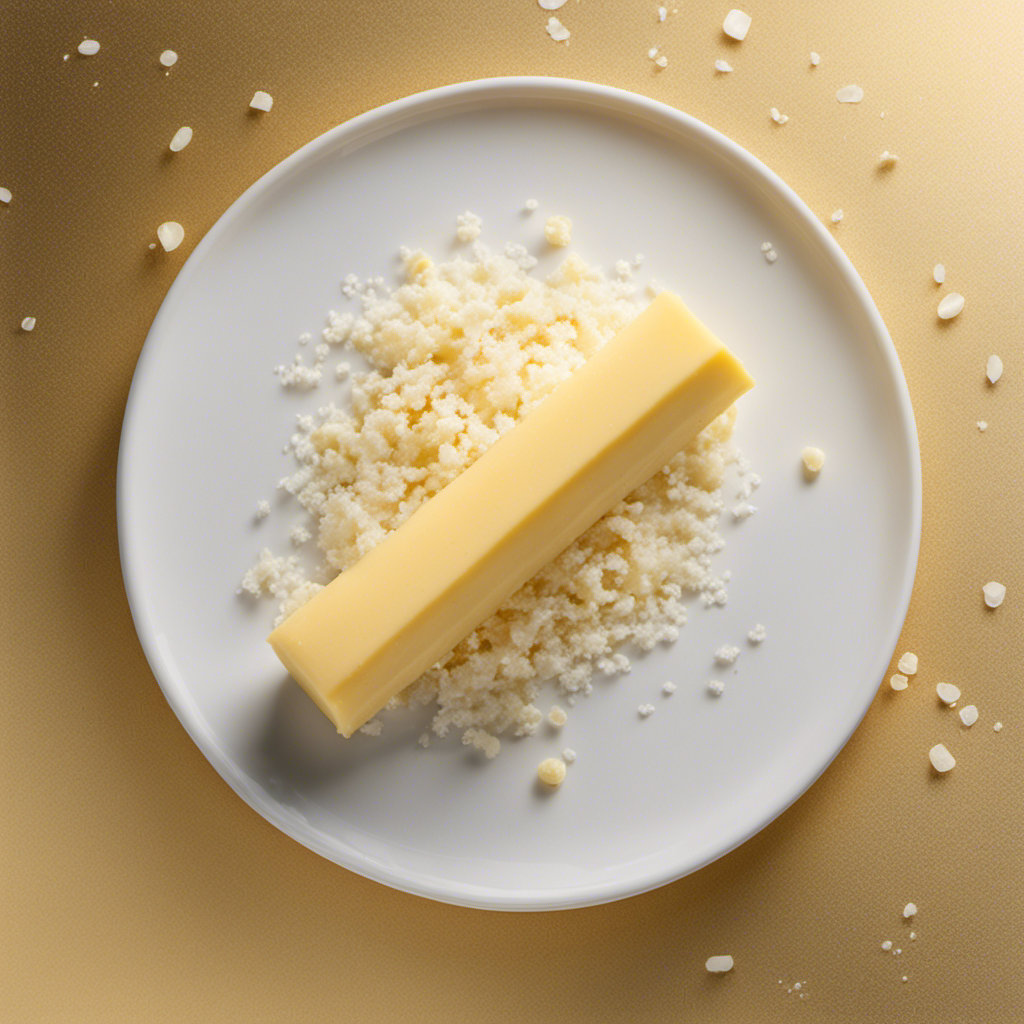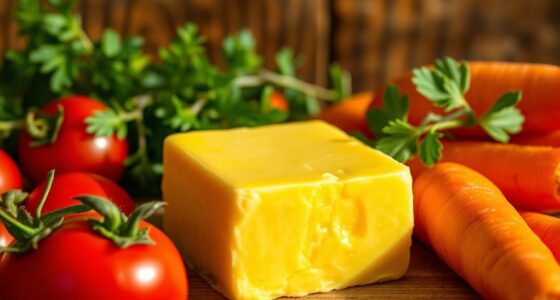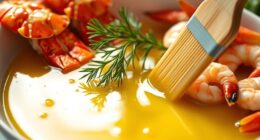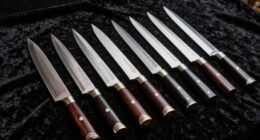I am curious about why my cat is so obsessed with butter. It’s not a typical snack for cats, but it seems like many of them can’t resist this creamy treat.
In this article, we will delve into the science behind this peculiar attraction and uncover the reasons behind our butter-loving feline friends.
Prepare to be amazed as we decode their behavior and shed light on the mysteries of their love for butter.
Key Takeaways
- Cats have a unique set of taste buds specialized to detect flavors important for survival, including fat, which is abundant in butter.
- Cats instinctively seek out fatty foods like butter for energy due to their taste preferences and the high fat content stimulates their taste buds.
- Feeding cats excessive butter can lead to weight gain and health issues like obesity and pancreatitis, so it should only be given in moderation.
- It is advisable to provide alternative treats specifically designed for cats, such as freeze-dried meats, catnip-infused treats, or homemade treats made from chicken or fish, to redirect their attention from butter and promote a healthier diet.
The Science Behind Feline Attraction to Butter
You might be wondering why your cat loves butter so much. Well, it turns out that there is a scientific explanation behind this feline behavior.
Cats have a unique set of taste buds that are different from ours. While we humans have about 9,000 taste buds, cats only have around 470. These taste buds are specialized to detect certain flavors that are important for their survival.
One of these flavors is fat, which is found in abundance in butter. Cats have a natural instinct to seek out fatty foods, as it provides them with the energy they need to hunt and survive.
Exploring the Taste Preferences of Cats: Butter Edition
Cats can’t resist the creamy allure of butter. But why do they love it so much? The answer lies in their feline taste buds.
Cats have taste receptors that are sensitive to fat, which is abundant in butter. The high fat content stimulates their taste buds, making butter a delectable treat for them.
However, while cats may enjoy the taste of butter, it is important to be cautious about feeding it to them. Butter is high in calories and saturated fats, which can lead to weight gain and health issues in cats, such as obesity and pancreatitis.
It is best to limit their intake of butter and opt for healthier alternatives. Transitioning into the next section, let’s delve deeper into the reasons behind cats’ love for butter.
Unveiling the Mystery: Reasons Cats Love Butter
Butter, with its creamy texture and rich flavor, holds a special fascination for feline companions. You may have noticed your cat’s keen interest in this dairy delight, but what exactly drives their love for butter? It all comes down to cat behavior and the unique sensory experience it provides.
Cats are attracted to the high fat content in butter, as it is a concentrated source of energy. Additionally, the taste and smell of butter can be highly appealing to their sensitive palate. However, it’s important to note that while cats may enjoy the occasional lick of butter, it should only be given in moderation. Excessive consumption can lead to health issues such as weight gain, digestive upset, and pancreatitis.
Now that we understand why cats love butter, let’s explore how it can be safely incorporated as a treat in their diet.
Butter as a Treat: Understanding Cats’ Fascination
Indulging in butter as an occasional treat can satisfy your feline companion’s fascination with its creamy texture and rich flavor. However, it is important to consider your cat’s dietary needs before offering them butter.
While cats are obligate carnivores and need a diet primarily consisting of meat, they may show interest in other foods due to their natural curiosity. Butter contains high levels of fat and can lead to digestive issues, such as diarrhea or pancreatitis, if consumed excessively.
Therefore, it is advisable to provide alternative treats that are specifically designed for cats. These treats are formulated to meet feline nutritional requirements and come in a variety of flavors and textures to cater to your cat’s preferences. Some popular options include freeze-dried meats, catnip-infused treats, or even homemade treats made from ingredients like chicken or fish.
Decoding the Behavior: Butter-Loving Cats
Understanding why felines are so drawn to the taste and texture of butter can provide insights into their behavior. Cats have taste preferences that differ from humans, making butter an appealing treat. The high fat content in butter makes it rich and creamy, which cats find irresistible. Additionally, the aroma of butter can be enticing to them. However, it is important to note that not all cats have the same preferences, as each individual may have their own unique tastes.
When it comes to training cats to dislike butter, it can be a challenging task. Cats have strong instincts and preferences, and it may take time and patience to redirect their attention away from butter. One approach is to offer alternative treats that are specifically designed for cats. These treats can mimic the taste and texture of butter, satisfying their cravings without the negative consequences of consuming actual butter.
Additionally, positive reinforcement techniques can be used to reward cats for choosing the alternative treats over butter. With consistency and positive reinforcement, cats can be trained to dislike butter and opt for healthier alternatives.
Frequently Asked Questions
How Do Cats React to Other Dairy Products Besides Butter?
Cats may have different reactions to other dairy products like yogurt and cheese. While some cats may enjoy yogurt, it may not have the same effect as butter. Exploring cats’ reactions to different types of cheese can be interesting.
Can Cats Develop a Lactose Intolerance From Consuming Butter?
Cats can develop lactose intolerance from consuming butter. It can lead to digestive issues like diarrhea and vomiting. Additionally, the high fat content in butter can contribute to obesity and pancreatitis in cats, posing health risks.
Are There Any Health Risks Associated With Cats Eating Butter?
There are potential health risks associated with cats eating butter. While some cats may enjoy the taste, it can lead to gastrointestinal upset and pancreatitis. It’s best to avoid butter and provide alternative treats for cats with lactose intolerance.
Why Do Some Cats Dislike Butter While Others Love It?
Some cats may prefer butter due to its high fat content and taste, while others may dislike it because of its texture or smell. Factors such as genetics, past experiences, and individual preferences can influence a cat’s preference for butter. As for non-dairy alternatives, cats may enjoy treats like canned tuna or cooked chicken in moderation.
Is It Safe to Give My Cat a Small Amount of Butter as a Treat?
Giving your cat a small amount of butter as a treat is generally safe. However, it’s important to consider that some cats have lactose intolerance. There are alternative cat treats available to ensure their digestive health.
Conclusion
In conclusion, the science behind why cats like butter is still a bit of a mystery. While some theories suggest that it could be due to the high fat content or the creamy texture, more research is needed to fully understand this feline fascination.
However, one heartwarming example comes to mind. A cat named Whiskers, who had a history of neglect, found comfort in butter. Whenever his owner would offer him a small taste, Whiskers would purr with contentment, as if he had found a slice of heaven. This emotional response highlights the profound impact that simple treats can have on our beloved feline companions.

